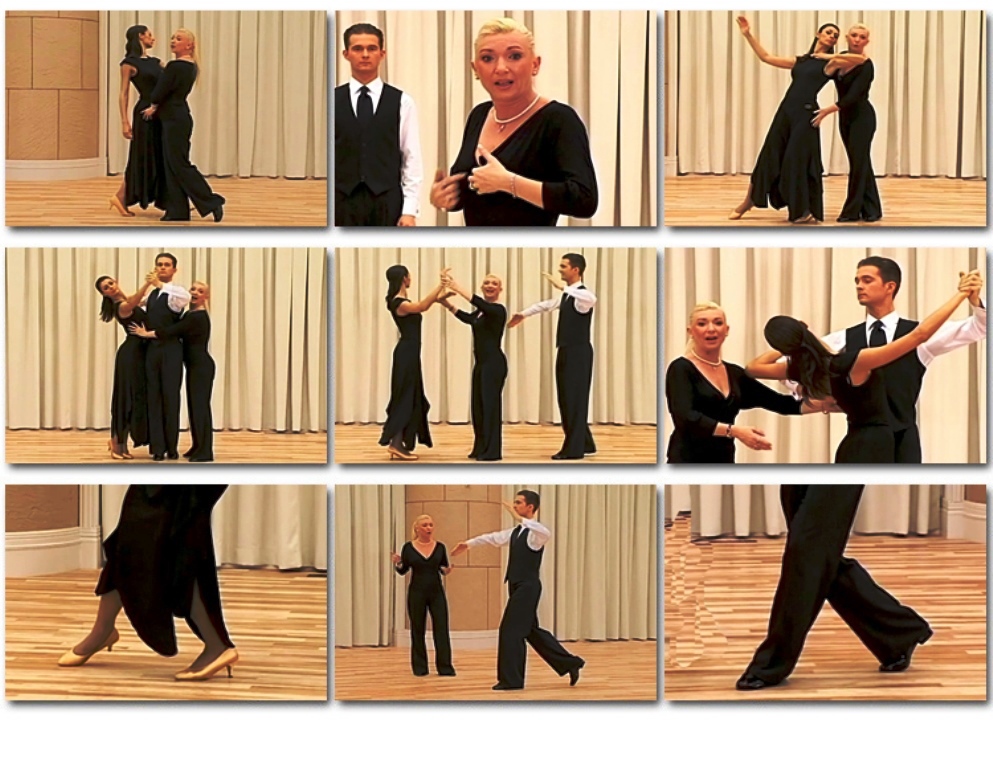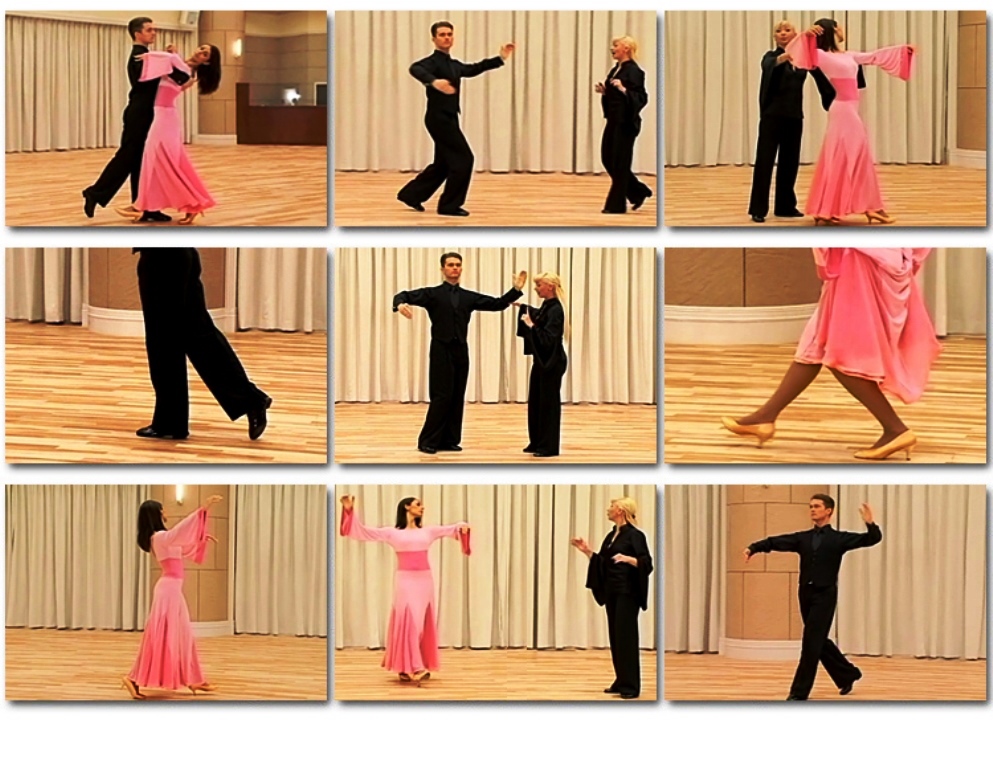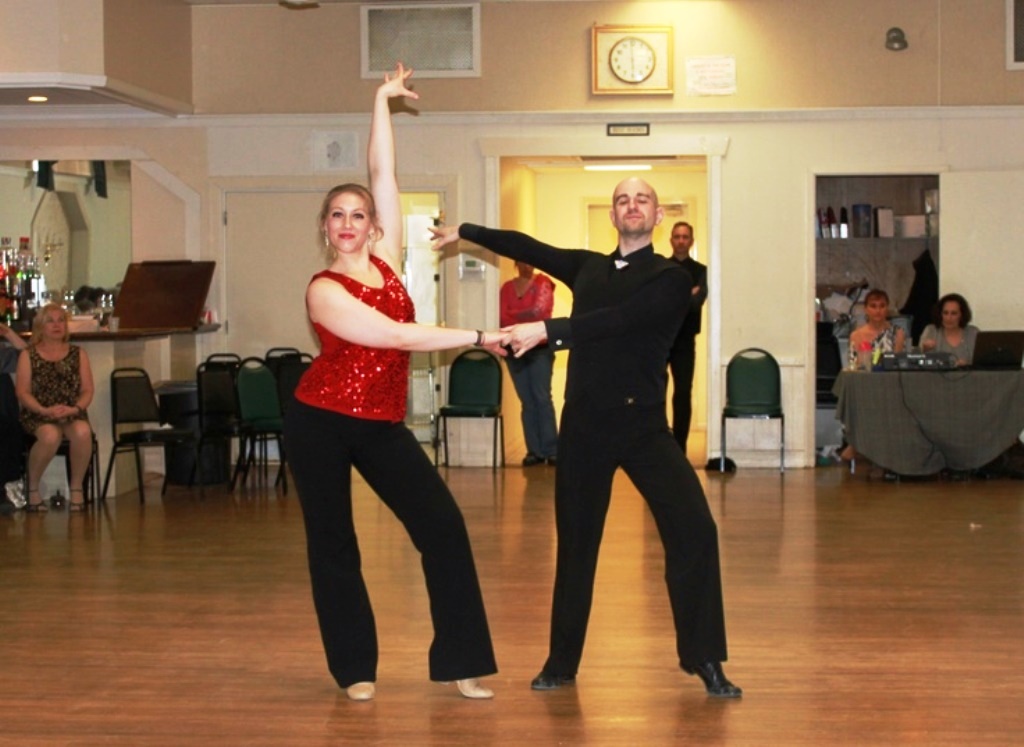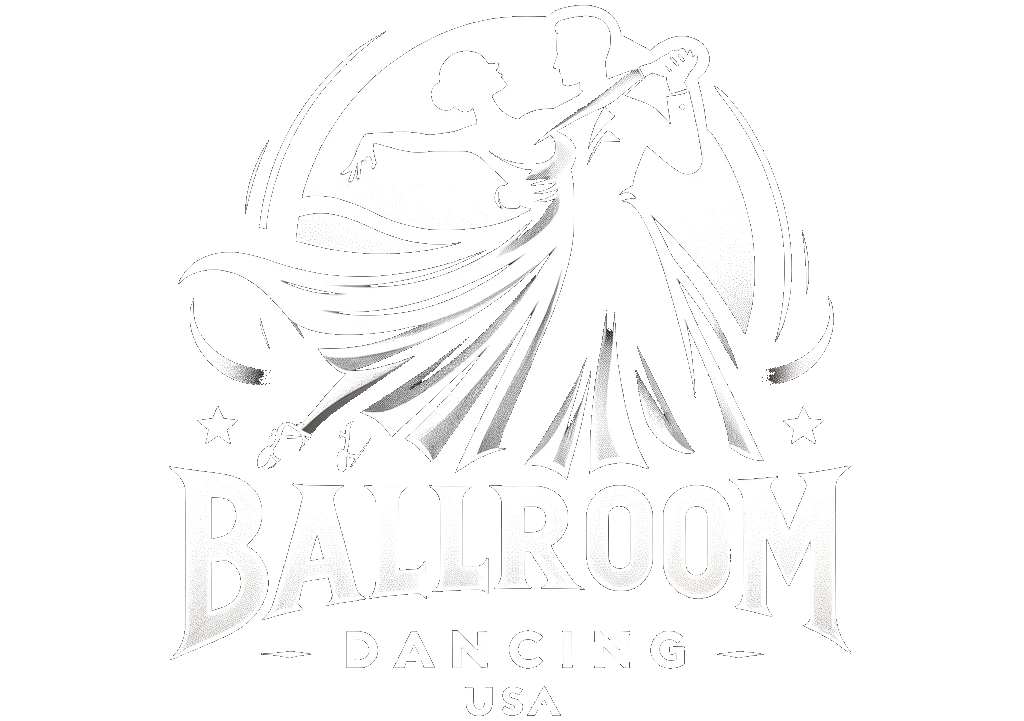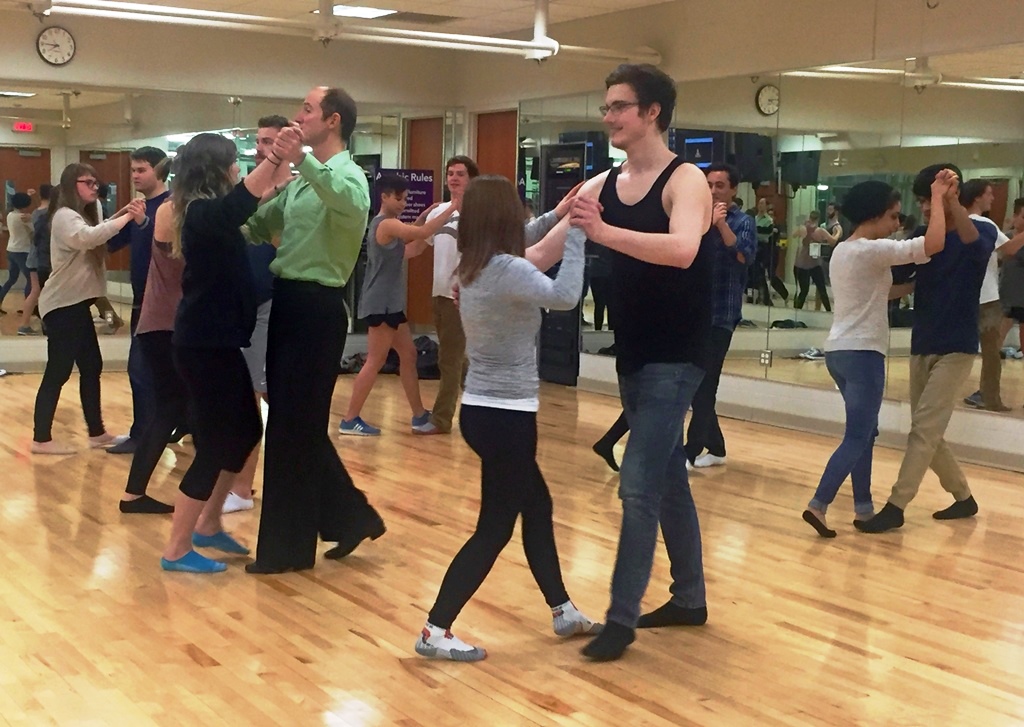
1. Introduction to Ballroom Dance Instruction
Introduction to Ballroom Dance Instruction
Ballroom dancing has been a popular form of entertainment and recreation for centuries, and is now enjoyed by millions of people all over the world. In the United States, ballroom dance instruction is offered in many forms, from private lessons to group classes, and from social dance events to competitive dance competitions.
The pedagogy of ballroom dance instruction is based on the belief that everyone can learn to dance, regardless of age, experience, or physical ability. It is also based on the idea that learning to dance should be enjoyable, and that it should involve more than just steps and technique. The instructor’s role is to provide guidance, support, and encouragement, while also helping students to develop a deeper understanding of the art of ballroom dancing.
The Basics of Ballroom Dance Instruction
At its core, ballroom dance instruction is all about teaching people how to move in time with the music, and how to interact with a partner. This involves teaching the fundamental steps and techniques of each dance, as well as teaching the etiquette and styling associated with each dance.
The instructor will typically start with the basics, such as the basic step and some simple figures. As the student progresses, the instructor will introduce more complex figures and techniques, and will focus on refining the student’s technique and styling.
The Benefits of Ballroom Dance Instruction
Learning to dance can be a rewarding experience, and it can bring a number of benefits. For one, it can help to improve physical fitness, as dancing is an excellent form of physical exercise. It can also help to improve coordination and balance.
In addition, ballroom dance instruction can help to improve social skills, as it teaches people how to interact with a partner in a respectful and enjoyable way. It can also help to boost self-confidence, as it gives people the opportunity to learn something new and to gain a sense of accomplishment. Finally, it can be a great way to meet new people and make new friends.
2. History of Ballroom Dance Instruction
History of Ballroom Dance Instruction
The history of ballroom dance instruction in the United States dates back to the 19th century, when the popularity of ballroom dancing was increasing. During this time, dance instruction was primarily focused on teaching the waltz and other popular dances of the day.
Early Ballroom Dance Instruction
In the early 1900s, dance instruction began to expand to include the foxtrot, tango, and other ballroom dances. Dance instruction was often provided by professional dance teachers, who taught at dance academies or in private dance studios. These teachers taught the proper technique and etiquette for ballroom dancing, as well as the steps and figures of the dances.
The Rise of Social Dancing
In the 1920s, ballroom dancing became more popular among the general public. This led to the rise of social dancing, which was a way for people to learn and practice the dances in a more informal setting. Social dancing was often taught in dance halls and ballrooms, and was often accompanied by live music.
Modern Ballroom Dance Instruction
Today, ballroom dance instruction has evolved to include a variety of styles and techniques. Professional dance instructors often specialize in a particular style of ballroom dancing, such as Latin, Standard, or Swing. Instruction is available in both group classes and private lessons, and many instructors offer online classes as well.
3. Overview of Ballroom Dance Instruction Pedagogy
Overview of Ballroom Dance Instruction Pedagogy
Ballroom dance instruction pedagogy is the practice of teaching ballroom dancing. It involves understanding the fundamentals of the dance, the foundation of the technique, the etiquette, and the culture of the dance. Ballroom dance instruction pedagogy is a complex and multifaceted process that requires knowledge and skill from both the instructor and the student.
Fundamentals of Ballroom Dance
The fundamentals of ballroom dance include the basic steps, the timing, the rhythm, the formation, and the music. These fundamentals are the foundation of all ballroom dancing. A good instructor will be able to explain the basics of ballroom dancing in a way that is easy to understand and remember.
Technique of Ballroom Dance
The technique of ballroom dancing is the way in which the steps are performed. It includes the body movements, the footwork, the arm movements, and the facial expressions. A good instructor will be able to teach the proper technique for each step, and will be able to explain the differences between the various styles of ballroom dancing.
Etiquette of Ballroom Dance
Etiquette is an important part of ballroom dancing. It includes the rules of behavior, such as proper dress, proper posture, and proper interaction between partners. A good instructor will be able to explain the etiquette of ballroom dancing in a way that is easy to understand and remember.
Culture of Ballroom Dance
The culture of ballroom dancing is the way in which the dance is practiced and performed. It includes the customs, traditions, and history of the dance. A good instructor will be able to explain the culture of ballroom dancing in a way that is easy to understand and remember.
4. Benefits of Ballroom Dance Instruction Pedagogy
Benefits of Ballroom Dance Instruction Pedagogy
1. Improved Physical Health
Ballroom dance instruction pedagogy can help improve physical health. Studies have shown that ballroom dancing can help reduce the risk of heart disease, stroke, and obesity. It can also help improve balance, coordination, and flexibility.
2. Improved Mental Health
Ballroom dancing can also help improve mental health. Studies have shown that dancing can reduce stress and anxiety, as well as improve mood and self-confidence. It can also help improve concentration and focus.
3. Improved Social Skills
Ballroom dancing can help improve social skills. It can help people to make new friends and build relationships. It can also help people to learn how to interact with others in a positive and respectful way.
4. Improved Cognitive Skills
Ballroom dancing can help improve cognitive skills. It can help people to learn and remember new steps and patterns. It can also help people to think more quickly and make decisions more efficiently.
5. Challenges of Ballroom Dance Instruction Pedagogy
5. Challenges of Ballroom Dance Instruction Pedagogy
Ballroom dance instruction pedagogy is not without its challenges. Instructors must be creative, resourceful, and patient in order to ensure that their students are learning and enjoying the process. Here are five of the most common challenges instructors face:
1. Balancing Instruction with Performance
Instructors must find a balance between teaching the steps and techniques of ballroom dancing and providing their students with the opportunity to perform. While performance is an important part of the learning process, it can be difficult to find the time and resources to provide a platform for students to showcase their skills.
2. Adapting to Different Learning Styles
Every student learns differently, and instructors must be able to adapt their teaching methods to accommodate different learning styles. This can be a challenge, particularly when teaching a large group of students with varying levels of experience.
3. Incorporating Music
Music is an integral part of ballroom dancing, but it can be difficult to find the right songs that both challenge and motivate students. Instructors must be creative in their approach to incorporating music into their lessons.
4. Encouraging Social Interaction
Ballroom dancing is a social activity, and instructors must encourage their students to interact with each other in order to create a positive learning environment. This can be challenging in classes with a large number of students, or when teaching virtually.
5. Keeping Students Motivated
Instructors must find ways to keep their students motivated and engaged. This can be done through positive reinforcement, providing feedback, and introducing new and exciting challenges.
6. Strategies for Improving Ballroom Dance Instruction Pedagogy
Strategies for Improving Ballroom Dance Instruction Pedagogy
1. Establish a Clear Goal
Before beginning a ballroom dance lesson, instructors should establish a clear goal for the lesson. This goal should be specific and measurable, and should be related to the overall objective of the course. Instructors should also make sure to provide students with an understanding of how the lesson will help them achieve their goals.
2. Utilize Different Teaching Methods
Instructors should strive to use a variety of teaching methods to engage students and ensure that all learning styles are addressed. This can include verbal explanations, demonstrations, visual aids, and hands-on practice.
3. Provide Opportunities for Practice
In order to ensure that students are able to apply the ballroom dance techniques they are learning, instructors should provide opportunities for practice. This can include individual practice, partner practice, and group practice.
4. Incorporate Music
Music can be a powerful tool for teaching ballroom dance. Instructors should make sure to incorporate music into their lessons to help students better understand the rhythm and timing of the dance.
5. Offer Positive Reinforcement
Instructors should provide positive reinforcement to students when they make progress. This can be done through verbal praise and by providing specific feedback on how students can improve.
6. Utilize Technology
Technology can be a great tool for teaching ballroom dance. Instructors should consider utilizing video tutorials, online learning platforms, and other technological resources to help enhance their lessons.
7. Conclusion
Conclusion
Ballroom dancing is an art form that requires dedication and skill to master. It is a great way to express oneself and to connect with others in a unique and meaningful way. The pedagogy of ballroom dance instruction is an important part of learning the art form. It is important to have a good understanding of the basic elements of the dance, as well as the different levels of instruction and the various techniques used to teach the dance. With the right instruction and guidance, anyone can learn to dance and enjoy the beauty of ballroom dancing.
Takeaways
• Ballroom dancing is an art form that requires skill and dedication to master.
• The pedagogy of ballroom dance instruction is a critical part of learning the art form.
• It is important to understand the basic elements of the dance, the different levels of instruction, and the various techniques used to teach the dance.
• With the right instruction and guidance, anyone can learn to dance and enjoy the beauty of ballroom dancing.
